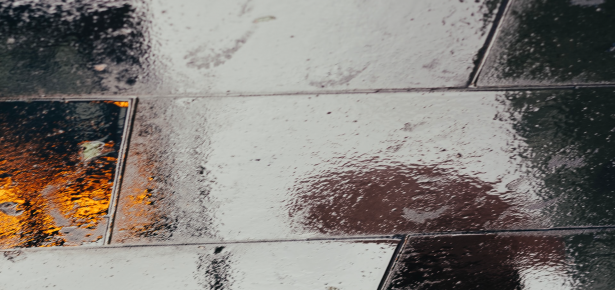
Ask the majority of the world’s inhabitants to close their eyes and imagine a city. They might picture skyscrapers, railroads, busy highways and throngs of people. Whilst they may think of cities near them, cities they may have visited or cities they have read of in novels and newspapers, they imagine New York. This is the city that has formed the modern image of the metropolis. In its accelerated fusion of culture, economics and politics, it is the place that humanity shares as a symbol of who we are and what we might become.
Certainly, the city as a symbol of humanity has not always created favourable impressions. Religious and political figures would write of New York in the nineteenth century as a location of vice, contagion and rebellion. Travel guides, novels and treatises would frame the city as a danger to the wider body politic. The discourse of ‘disease’ and ‘infection’ would be applied to the city and its inhabitants as a diverse metropolis of immigrants was seen as potential threat to stability and progress.
Indeed, a range of dystopian novels throughout the 1800s and early 1900s used the city as the backdrop to vividly illustrate the impact of a collapse of economic and social structures or the destruction of liberal democracy. These accounts reflected the divisions of race, religion and gender that had plagued the city and foretold a bleak future for its inhabitants and thereby the rest of the world. Contemporary novels that conjure a city beset by authoritarian rule, fear of terrorism or ecological collapse draw prominence because of their setting in New York. The lesson is, if it happens in this city, the global implications are legion.
However, alongside these narratives of despair, are the novels and poems that emanate from the streets and apartments that detail our shared humanity. In a city that generates such disparities of wealth and aspiration in communities that live in close proximity, we see literature that expresses the love, joy, pain and suffering that can only emerge in city life. This is the work of Stephen Crane, James Baldwin, Susan Sontag and Zora Neale Hurston amongst others. It is a literature of empathy, where we learn how in a city of millions of people, it is the emotional understanding of others that builds a metropolis.
As we read of the lives of others, their journeys, mistakes and their experiences, we are brought into connection with those who we do not know but who we are asked to care for. In the pages of the city’s literature, we see loss and heartache, injustice and selfishness, ecstasy and excitement, because this is how New York makes us human.
Today, as we see the empty streets, devoid of traffic and the crowds of people it appears to make manifest the sense of panic that has enveloped the world. If the virus that has curtailed the operation of everyday life could have halted New York, the restless unofficial capital of the world, then we must be facing a situation of vast concern for humanity. As we watch how the city has been rendered quiet and anxious, the dread we feel for our friends, families and our future is brought so close that we might think we could touch it.
However, in this concern we can realise the importance of New York. It serves as our imagined city. A place which need not be home to our dystopian fears but the location of how we remember and enact our humanity.
Latest Comments
Have your say!